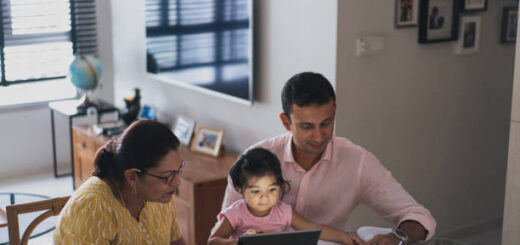My experience of learning to drive
I got my license when I was 17 years old. Since I was 16, I have lived on the campus of Loughborough as part of an elite sports program. Since I live a long distance from home and travel frequently for my sports commitments, I decided that driving myself would make life easier.
It wasn’t until I turned 18 that I started driving. Since I admit it, I was a bit nervous about going. I was afraid I wouldn’t hear the instructor. I use lip-reading and cochlear implants, but I knew that I could not look directly at the instructor while driving. I would have a hard time hearing in a car because of the road noise and engine noise.
Theoretical test
They told me I could bring an interpreter with me to my theory test if I so desired. I got a relative to the test center just in case there were any communication issues. I was allowed to have help during the booking phase but not at the test center. It wasn’t an issue because the test was very visual.
I would recommend downloading a revision app for the theory test before you take it. It was a small price to pay, but it helped me to know what type of questions I would get and how they were set up. It helped me to calm my nerves before the test.
I got it right the first time! Now, I can concentrate on my practical exam.
How to choose a driving instructor
I selected a driving teacher who had been recommended to me by a close friend. He was patient, and he showed empathy. My Dad explained to me about my hearing and how I could best communicate with him. He also taught me the basics of explaining things face-to-face. I would only hire an instructor who could adapt to my needs.
Radio aids: How to use them.
I’m a lip reader, so I knew that I couldn’t look at the instructor without causing my attention to be diverted from driving. The instructor was more than happy to use my radio aid, a Phonak Roger Pen. The instructor and I had a face-to-face conversation in a quiet place with the engine off. The radio device sent his voice directly to my cochlear implants. The radio aid reduced noise from the road and machine, and I no longer had to lip-read. He used hand signals and basic gestures to reinforce his instruction. It was a great boost to my confidence, as I could now concentrate on the road and driving.
Everybody communicates differently, so it’s essential to determine the best communication method for you and your instructor right from the beginning. I know that some instructors can sign, but it wasn’t required for me.
Challenges
The instructor asked me repeatedly if I heard the engine revving or clutch biting, but I couldn’t. It wasn’t easy to know when to shift gears and start the engine because it was so quiet. It may have been helpful to have a louder machine or a rev counter. Some cars have warning lights that tell you when to shift gear.
Practical test
I passed the practical test on my first attempt! I was surprised because I didn’t feel confident driving. We have some funny family footage from my first few drives. All of us thought that it would take me years to learn how to go, but in fact, I had only a summer. On test day, I had made progress. I wasn’t as confident, but I was more cautious and safe. I guess that’s exactly what they want.
Before my test, I took a lesson to calm down my nerves. We asked for an examiner who did not have a strong regional accent. I find it difficult to lip-read accents, and also when facial hair covers the speaker’s lips. The examiner spoke clearly, was patient, and always looked at me while she was talking.
Drive on your own
After passing my test, I moved to London a few days later. One of my very first drives was to London from Yorkshire. My Dad drove with me, so I got a motorway lesson on the spot! It was my first time driving on an autobahn. London driving can be a challenge for new drivers, but I learned quickly. I now love driving my car because it is convenient and peaceful. I used to be anxious and stressed when I took public transport.



